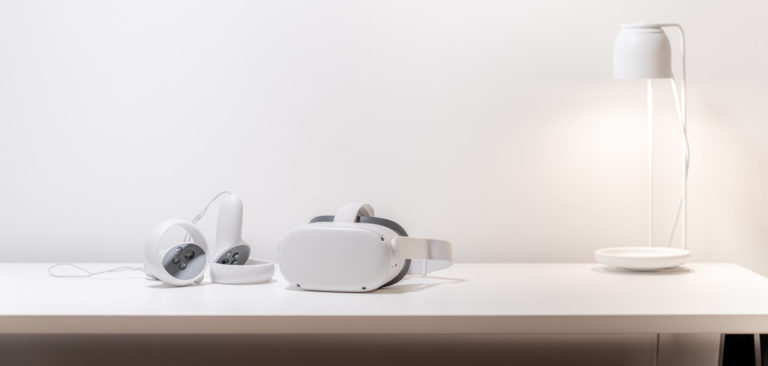
VR traction over the past few years has been slower than many had anticipated. But it’s still finding small wins and is growing at a fairly healthy pace. So the question is how well it’s landing with consumers today, and are those sentiments trending in the right direction?
So we set out for answers. Working closely with Thrive Analytics, ARtillery Intelligence authored questions to be fielded through its established survey engine to more than 98,000 U.S. adults. The result is Wave VI of the research, and a narrative report we published to unpack the results.
Known as VR Usage & Consumer Attitudes, Wave VI, it follows similar reports over the last few years. Five waves of research now bring new insights and trend data to light. And all five waves represent a collective six-digit sum of U.S. adults for robust longitudinal analysis.
Among the topics tackled: How is VR resonating with everyday consumers? How often are they using it? How satisfied are they? What types of experiences do they like most? How much are they willing to pay for it? And for those who aren’t interested in VR… why not?
Competitive Pressure
After examining VR usage frequency in the last installment, we switch gears to look at headset popularity. PSVR scored highest at 38 percent. This is driven by an installed base of 100+ million PlayStation consoles, though it’s surprising that it beat the highly-penetrated Quest 2.
Speaking of which, Meta Quest (including Quest 1 & 2) was used by 34 percent of respondents. This compares to 24 percent of respondents in Wave V – a significant jump. We’re confident it will take the lead in the next survey wave, given the device’s ongoing leading position in unit sales.
Pausing to examine these sales and usage dynamics, they’re different though related. Quest 2 has outsold PSVR for several quarters, but PSVR has strong cumulative use going back to 2016. This survey question operates on a cumulative level, and multiple answers are allowed.
PSVR could also have a resurgence as PSVR 2 hits the market and as the installed base of PS5 continues to accumulate. Speaking of sales surges, Pico 4 just hit the market and will likely make a dent in the next survey wave, given its competitive spec sheet and price tag.
Also just hitting the market and slated for the next survey wave is Quest Pro. Its unit sales volume could be relatively low given its pro orientation (and price), but it will be worth watching. Meanwhile, HTC, Valve Index, and other players continue to show steady traction in the survey.
Leveling Off
Related to per-headset survey sentiments, a related factor we’ve observed is total headsets that users have tried on average. As noted above, this survey question allowed for more than one answer, given that consumers may own or have tried multiple VR headsets over time.
And as time goes on (again, this survey question operates on a cumulative basis), it stands to reason that more headsets are tried. Indeed, this figure was on an upward trend for several survey waves. But something interesting happened in Wave VI: the figure appears to be leveling off.
Specifically, the average number of headsets that users have tried now stands at 3.4, up slightly from 3.3 in Wave V (see full trend here). Though the average number of headsets will naturally grow, there’s a natural ceiling in that there are only so many VR headsets in the market.
This all unfolds as the VR competitive landscape expands and retracts. Some headsets are discontinued – (e.g., Oculus Go, Rift S) while others are launched (e.g. Pico 4, Quest Pro). This will continue as VR players test the waters in the market’s still-early stages.
There’s often a trend toward consolidation that limits the competitive field to a few players (similar to the smartphone market). That in turn limits the variety of devices in the market. We’re already seeing this play out as Meta consolidates power. We’ll see if that trend continues.
We’ll pause there and circle back in the next installment with another deep dive on consumer VR sentiments. Meanwhile, check out the full report here.

